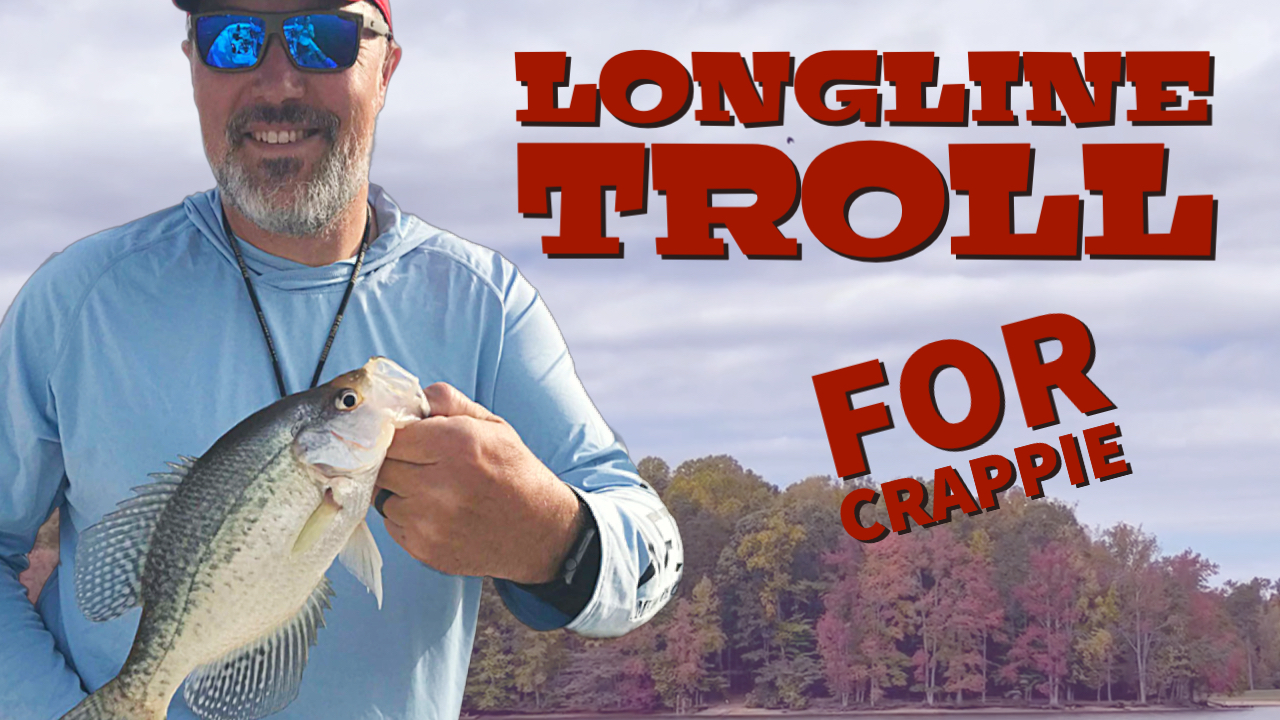Crappie fishing is a beloved pastime for many anglers, and one highly effective technique to target these popular game fish is longline trolling. Longline trolling allows you to cover a larger area and increase your chances of landing a big catch. In this blog post, we will provide you with all the information you need to get started with longline trolling for crappies. We have also included two videos that will outline the process in more detail. So, let’s dive in!
- Understanding Longline Trolling: Longline trolling involves deploying multiple lines from the back of your boat while moving at a slow, consistent speed. This method is particularly effective for crappie fishing because it allows you to present your bait or lures at different depths and cover a wide range of water.
- Essential Equipment: To embark on your longline trolling adventure, you’ll need the following equipment:
- A boat: Ideally, a stable and maneuverable boat that can maintain a steady speed.
- Fishing rods: Medium-light to light-action spinning rods are ideal for crappie fishing.
- Reels: Small 1000 series or similar spinning reels with smooth drag systems work well for this technique.
- Line: Choose any low-visibility (or hi-vis) monofilament or fluorocarbon line in the 6-8 lb test range.
- Lures or bait: Crappies are known to be attracted to small jigs, spinners, or live minnows.
- Selecting the Right Location: Crappies are commonly found in structures such as submerged trees, brush piles, weed beds, and drop-offs. Use a fishfinder or your knowledge of the fishing spot to identify these locations. Start by trolling along the edges, dropoffs or back of creeks, and gradually move into deeper water.
- Trolling Speed and Depth: Maintaining the right trolling speed and depth is crucial for success. Typically, a speed of around 1.0 mph is effective for crappie trolling. Adjust the speed based on the fish’s response and environmental factors. Experiment with different depths by varying the length of line between your boat and the lure.
- Longline Trolling Techniques: To set up your longline trolling spread, follow these steps:
- Attach a 1/8 oz jig head with a small soft plastic, such as a Bobby Garland or 2.5 in Gulp! Minnow.
- Use a loop knot to secure this jig to the main line.
- Cast the jig about 75ft out from the back of the boat.
- Put in a rod holder, ideally, with this rod being as horizontal as possible. See videos below for ideas.
- Set out as many of these rods as space/time/patience/$$ will allow!
- Use a depth chart such as the one described in my video below to adjust your depth to the anticipated depth the crappie are holding.
- Don’t stop! If you get snagged, it is best to break the line, because if you stop, all your lines will get hung. Keep moving!
- When you hook a fish, don’t ‘horse’ the fish in. Be patient, and apply steady, even pressure. Crappies will typically ‘ski’ in, or skim the surface of the water on their way to the net. Often a small hole will wear in their mouths, so don’t give any slack, so that the hook will not pop free.
- Patience and Observation: Longline trolling requires patience and keen observation. Keep an eye on your rods for any signs of bites or changes in action. Crappies often strike lightly, so be prepared to detect subtle nibbles or line twitches.
Conclusion: Longline trolling for crappies is an exciting and productive fishing technique. By following the steps outlined in this guide, you’ll be well-prepared to venture into this method with confidence. Remember to experiment, adapt to conditions, and enjoy the process of honing your skills. Now, let’s get you started with the two videos linked below. Happy fishing!
Remember to watch the videos and practice the techniques to gain a better understanding of longline trolling for crappies. Tight lines and happy fishing!

